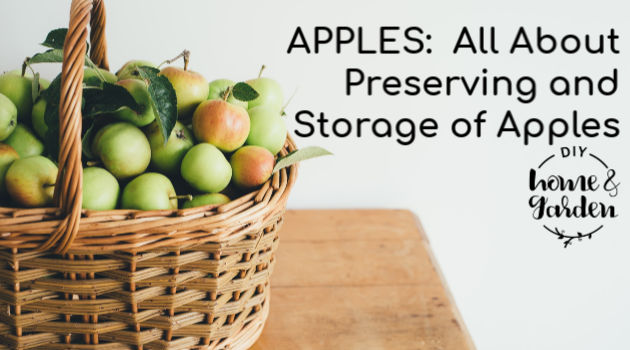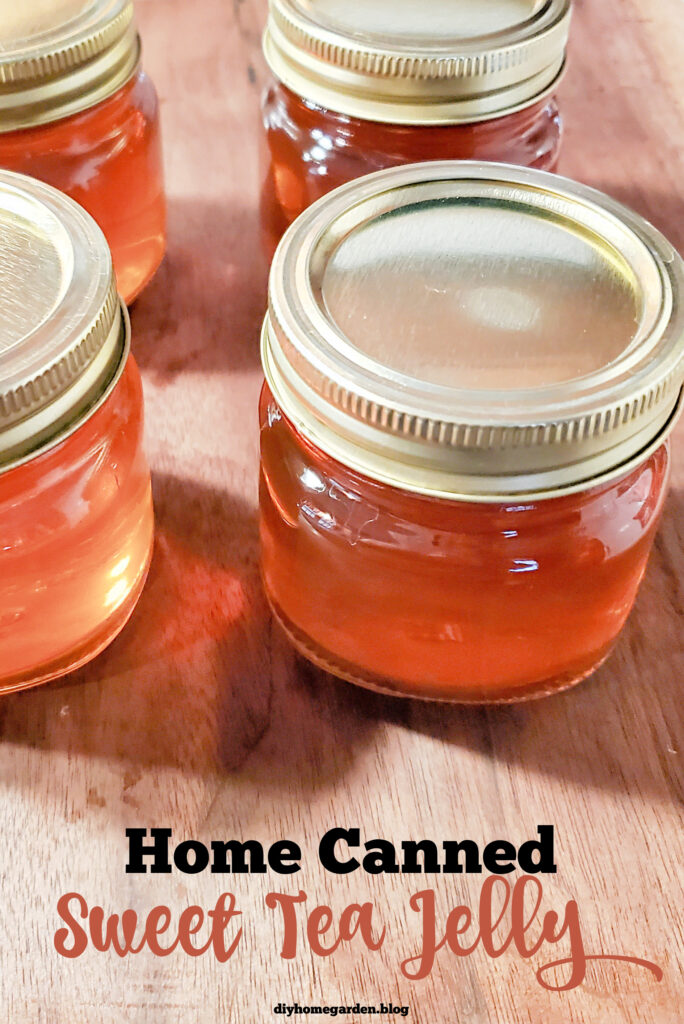Try canning a batch of this delicious plum jam–easy recipe and canning instructions included.
Indulge in the delightful world of homemade jellies, and add a spoonful of sweetness to your mornings with our specially curated recipe for plum jelly. Bursting with the rich flavor of freshly harvested plums, this jelly recipe is delicious and rewarding.
Plums: A Peek into Their Delightful World
Plums, often overshadowed by their famous cousins, apples and pears, are a delectable fruit enjoyed across cultures for centuries. They come in various colors, each with its unique flavor profile. As per USDA, the major growing regions for plums in the U.S. are California, Florida, and Washington.
From Seed to Fruit: The Life of a Plum
Plums start as tiny seeds and mature for four to six years into trees that can yield hundreds of juicy plums. They require a chill period during winter for optimal fruiting and harvest between May and September, depending on the variety and growing region. The trees thrive in well-drained, loamy soil under total sun exposure.
Savor the Health: The Nutritional Punch of Plums
There’s more to plums than meets the eye. These purple beauties are brimming with essential nutrients, offering a powerhouse of health benefits that range from improved digestion to boosted immunity. Here’s an in-depth look at what these flavorful fruits bring to the table, according to the USDA:
- Fiber: Plums are a good source of dietary fiber. Fiber adds bulk to the diet, aiding digestion and preventing constipation. Additionally, it contributes to a sense of fullness, which can help manage weight as it prevents overeating.
- Antioxidants: The vibrant purple color of plums is a testament to their high antioxidant content, particularly vitamins C and K. Vitamin C, a potent antioxidant, helps neutralize harmful free radicals in the body, reducing the risk of chronic diseases and boosting the immune system. Vitamin K, on the other hand, plays a crucial role in blood clotting and bone metabolism.
- Heart Health: The combination of fiber, potassium, and antioxidants in plums may benefit heart health. Potassium is an essential mineral that regulates your blood pressure levels, while dietary fiber can help lower the ‘bad’ LDL cholesterol.
- Weight Management: Regular consumption of plums could assist in weight management. They are low in calories while also high in fiber, a combination that can keep you feeling satisfied and full without loading up on calories. They make an excellent snack for those looking to maintain or lose weight.
- Bone Health: Some research suggests that the consumption of dried plums, also known as prunes, can improve bone health. Prunes are rich in certain polyphenols that enhance bone density and strength.
- Eye Health: Plums are rich in vitamin A and beta-carotene, which are known to support eye health. They can help protect the eyes against damage caused by free radicals. They can also delay the progression of age-related macular degeneration.
The nutritional benefits are incredible!
So the next time you nibble on a sweet, juicy plum or savor a spoonful of our homemade plum jelly, know that you’re doing more than satisfying your sweet tooth — you’re also nourishing your body with a wealth of health-boosting nutrients. Enjoy this flavorful fruit in its many forms and savor its health benefits.
Homemade Plum Jelly: Preserving the Flavor of Summer
Let’s dive into our main subject, the plum jelly recipe.

Plum Jelly: How to Make and Can Fresh Plum Jam
This plum jelly uses the bounty of summer fresh fruits--and it's so easy to make!
Ingredients
- 4 cups of plum juice (from about 3-4 lbs of plums)
- One package (1.75 oz) of fruit pectin
- 5 cups of granulated sugar
Instructions
- Wash the plums and put them into a large pot. Then add sufficient water to cover the fruit.
- Bring the water to simmering and let the plums cook until they are soft and have released their juice. You can expect this to take about twenty minutes.
- Strain the fresh juices through cheesecloth or a jelly bag.
- In a large pot, combine the plum juice and pectin. Bring the mixture to a rolling boil.
- Stir in the sugar. Then return to a full rolling boil. Boil hard for one minute. stir the jelly constantly.
- Remove from plum jam from the heat and skim off any foam.
- Ladle the hot plum jam into hot sterilized jars. Be sure to leave a 1/4-inch headspace. Be sure you boiled the lids according to instructions on their package. Adjust two-piece caps.
- Process the canning jars for ten minutes in a boiling water bath canner.
Notes
The recipe yields approximately six to seven half-pint jars of plum jelly. This volume can vary slightly based on the exact amount of juice extracted from the plums and the boiling time.
Enjoying Your Homemade Plum Jelly
There’s something magical about homemade plum jelly, with its ability to transform ordinary foods into extraordinary ones.
Here are a few tasty ideas to help get you started:
- Fresh Bread Spread: One of the most traditional ways to enjoy plum jelly is by simply spreading it over a fresh slice of bread or a warm, toasted bagel. The jelly melts slightly on the warm bread, creating an irresistible sweet and tangy flavor that’s a perfect way to start the day.
- Yogurt Mix-in: Stirring a spoonful of plum jelly into your morning yogurt is an excellent way to add natural sweetness and fruitiness. The jelly swirls into the yogurt, creating a beautiful mix of colors and an explosion of taste that can make any breakfast feel like a treat.
- Pastry Filling: Plum jelly makes a delicious filling for pastries. Its sweet-tangy flavor profile pairs exceptionally well with a buttery crust. Try using it in turnovers, Danish pastries, or croissants for a gourmet, bakery-style treat at home.
- PB & J Sandwich: Plum jelly adds a delightful twist to the classic PB & J sandwich. The rich, creamy peanut butter, coupled with the bright, fruity notes of the plum jelly, make for a sandwich that is both familiar and exciting.
- Marinade or Glaze: Plum jelly can also be a marinade or glaze for various types of meat. It’s especially good with pork or poultry. The sweetness of the jelly balances the savory meat, and when cooked, it forms a deliciously sticky glaze.
- Fruit Sauce for Pancakes or Waffles: Warm a bit of the jelly and drizzle it over pancakes or waffles. The plum jelly gives a fruity twist to your classic maple syrup topping.
- Cheese Pairing: Plum jelly also pairs exceptionally well with various kinds of cheese. Try it with brie, cream cheese, or goat cheese for an elevated snack or appetizer.
- Dessert Topping: A spoonful of plum jelly can be a topping on vanilla ice cream, cheesecake, or even a bowl of fresh fruit for added flavor and sweetness.
Be creative in the kitchen!
Remember. These uses are just a few ways to enjoy homemade plum jelly. Do not be afraid–get in there and get creative in the kitchen. You will certainly find new uses for this versatile preserve in your cooking and baking!
The Takeaway: Enjoy This Scrumptious, Juicy Plum Jelly
This plum jelly is more than just a delicious spread—it’s a labor of love, a testament to the beauty of homemade food, and a celebration of the humble plum. Don’t forget to follow DIY Home & Garden for more delightful and refreshing summer-fresh produce recipes! Let’s make the most of our bountiful summer harvest together.
- Are Geraniums Annual or Perennial? - 09/21/2024
- DIY Home & Garden: Featured on ApartmentGuide - 09/21/2024
- Bacon: Creative Uses That Go Beyond the Breakfast Table - 09/08/2024




